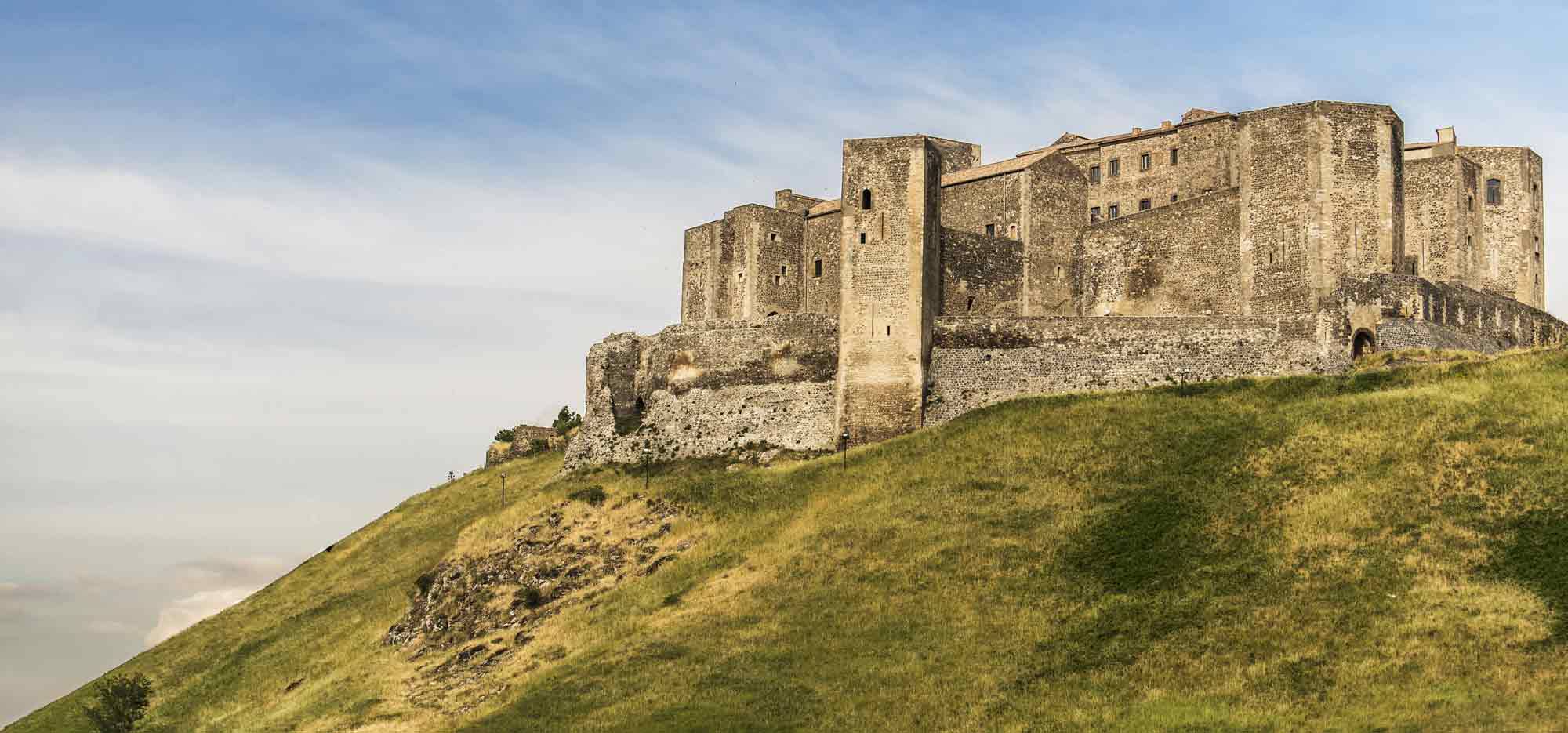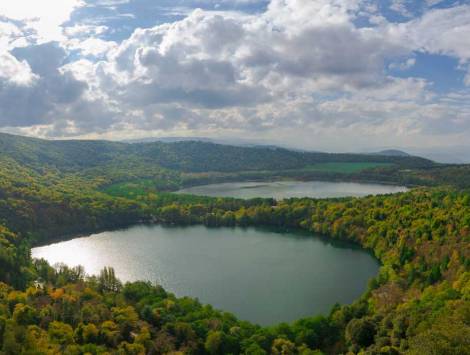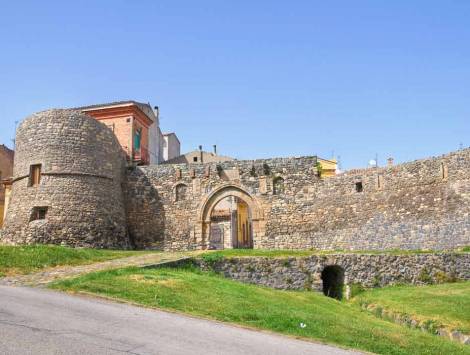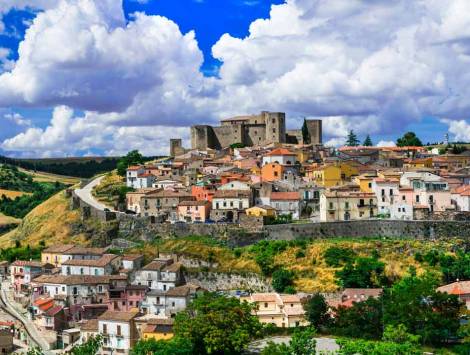Melfi was the ancient and noble capital city of the Norman kingdom,
and it hosted five papal councils from 1059 to 1221; in the third one, held by Urbano the second, it was decided the first crusade in Holy Land. Melfi grandeur began with the Normans and continued with Frederick the second of Swabia who chose it as the venue for the promulgation of the famous Constitutiones Melphitanae.
The town retains significant traces of the past: the Norman–Swabian castle which, with its impressive size, dominates the town. The castle is venue of the Melfese National archeological museum where there is the Roman sarcophagus; the majestic cathedral with beautiful gold stucco and polychrome marble altars and its original Norman bell tower. The bishop’s palace is the seat of the Diocesan museum; the Venosina door which Frederick the second entered in Melfi from; the rock churches of the thirteenth century are very interesting and relate to the monastic period of Vulture.
A few kilometres from Melfi there are the Monticchio’s Lakes. They are of volcanic origin and are located in the open. The white shape of saint Michael’s Benedictine Abbey is reflected in the small lake. It houses the Vulture natural history museum, dedicated to Bramea, a very rare moth. The town of Venosa is another jewel of the territory. It gave birth to the Latin poet Horace and the great madrigal composer Carlo Gesualdo.




